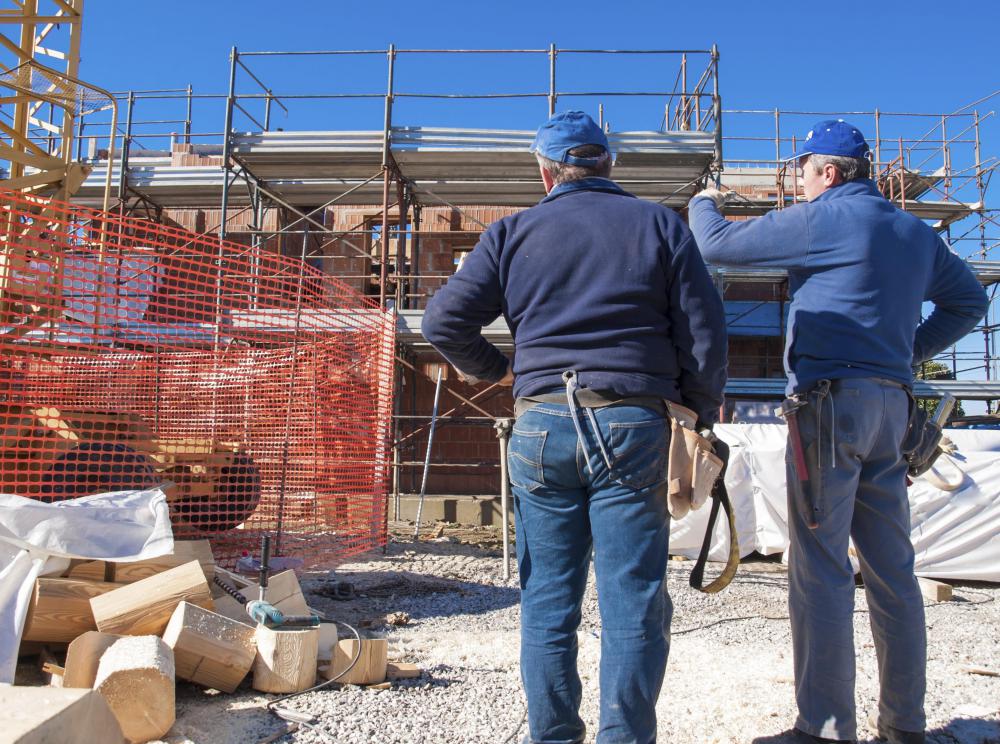At WiseGEEK, we're committed to delivering accurate, trustworthy information. Our expert-authored content is rigorously fact-checked and sourced from credible authorities. Discover how we uphold the highest standards in providing you with reliable knowledge.
What is a Building Ordinance?
A building ordinance is a law that sets forth minimally acceptable standards and guidelines governing the construction of buildings within a particular jurisdiction. A building ordinance will generally address a wide variety of topics, such as the actual materials used in the construction of a building, as well as guidelines for how those materials are assembled, both in terms of structural integrity and safety, particularly fire safety. Typically, a building ordinance will also address the various systems installed in buildings, such as plumbing and electrical systems, and environmental issues such as parking, access, and neighborhood impact. A building ordinance can be highly detailed, specifying, for example, the minimum number of nails or screws per linear foot to be used in installing sheet rock, or the composition and gauge of electrical cable used for different applications within a structure.
Building ordinances have a long history. The Law of Moses, in Dueteronomy 22:8, states, “in case you build a new house, you must also make a parapet for your roof, that you may not place bloodguilt upon your house because someone falling might fall from it.” The Code of Hammurabi also has a number of building codes, among which is, “229. If a builder builds a house for someone, and does not construct it properly, and the house which he built falls in and kills its owner, then that builder shall be put to death.” Modern building codes don't generally impose such harsh penalties, although it is the case that violations can lead to serious injury or death for the inhabitants. While such ordinances developed in different ways worldwide, they're a feature of industrialized countries. Many countries will establish a single building ordinance for the entire nation; in other nations, such as India and the United States, they're implemented and enforced by states and municipalities.

Most American jurisdictions adopt the International Building Code as their building ordinance, or pattern their code on it, sometimes revising certain portions as may be necessary because of local conditions such as the potential for hurricanes, tornadoes, or earthquakes. A similar approach is taken in India, where local jurisdictions adopt suitable versions of the National Building Code. This approach – the “model code” approach - is undertaken in countries where the national government's role is restricted; in the United States, for example, the national government doesn't have the authority to regulate construction, so it falls to the purview of the states. Since the elements of good construction don't vary state-by-state, architects and contractors support states' adoption of model codes so they can standardize their operations.

An economic benefit of model codes is that the uniformity of building codes nationwide facilitates the manufacture, distribution, and use of equipment and materials. If one municipality in a state has building codes that are inconsistent with the rest of the codes in the state, that municipality will have increased building costs because the materials sufficient to meet the code in the rest of the state won't meet the requirements of that one municipality, and special supplies will have to be shipped in.

Building ordinances in the United States are generally enforced through a system of periodic inspection during construction. Builders and renovators must apply for permits to do work, a requirement that is enforced by lenders who won't loan money for projects where the appropriate permits have not been secured. The authorities that issue the permits will inspect the work while in progress to ensure that building codes are being met, and will certify that to the lenders, who will in turn release additional funds.
AS FEATURED ON:
AS FEATURED ON:















Discussion Comments
How can I find information regarding requirements that screens be provided for windows on the third floor of a residential rental unit in Connecticut?
Post your comments